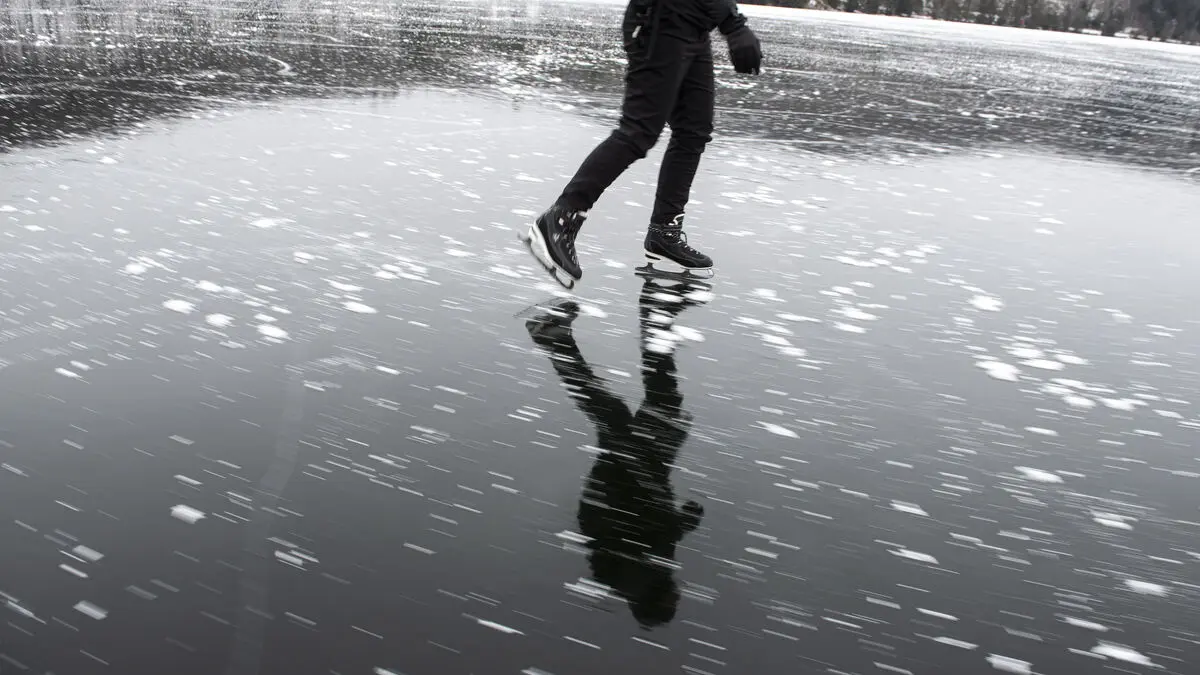The Weather Institute states that only a few years since 1990 have had more cold days than the average for the period 1961–1990.
"Fewer cold days affect, among other things, snow cover, frost in the ground and the length of the growing season, which in turn has consequences for agriculture and forestry, infrastructure and outdoor life," writes SMHI in a press release.
SMHI has launched new so-called climate indicators – for ice days, frost days and lake ice – which can be used on the institute's website to compare data historically collected from different measuring stations.
A survey of 38 Swedish lakes shows a clear trend, according to SMHI: The period with ice on the lakes is becoming shorter, with later ice formation and earlier ice melting.
"The results are clearest in the southern parts of the country, where the length of the ice period has decreased by about five weeks compared to the normal period 1961–1990."
For example, in the winter of 2019/2020, no ice formed at all in the south.
An ice day is defined as a day where the maximum temperature is below zero and a frost day as a day where the lowest temperature is below zero.





